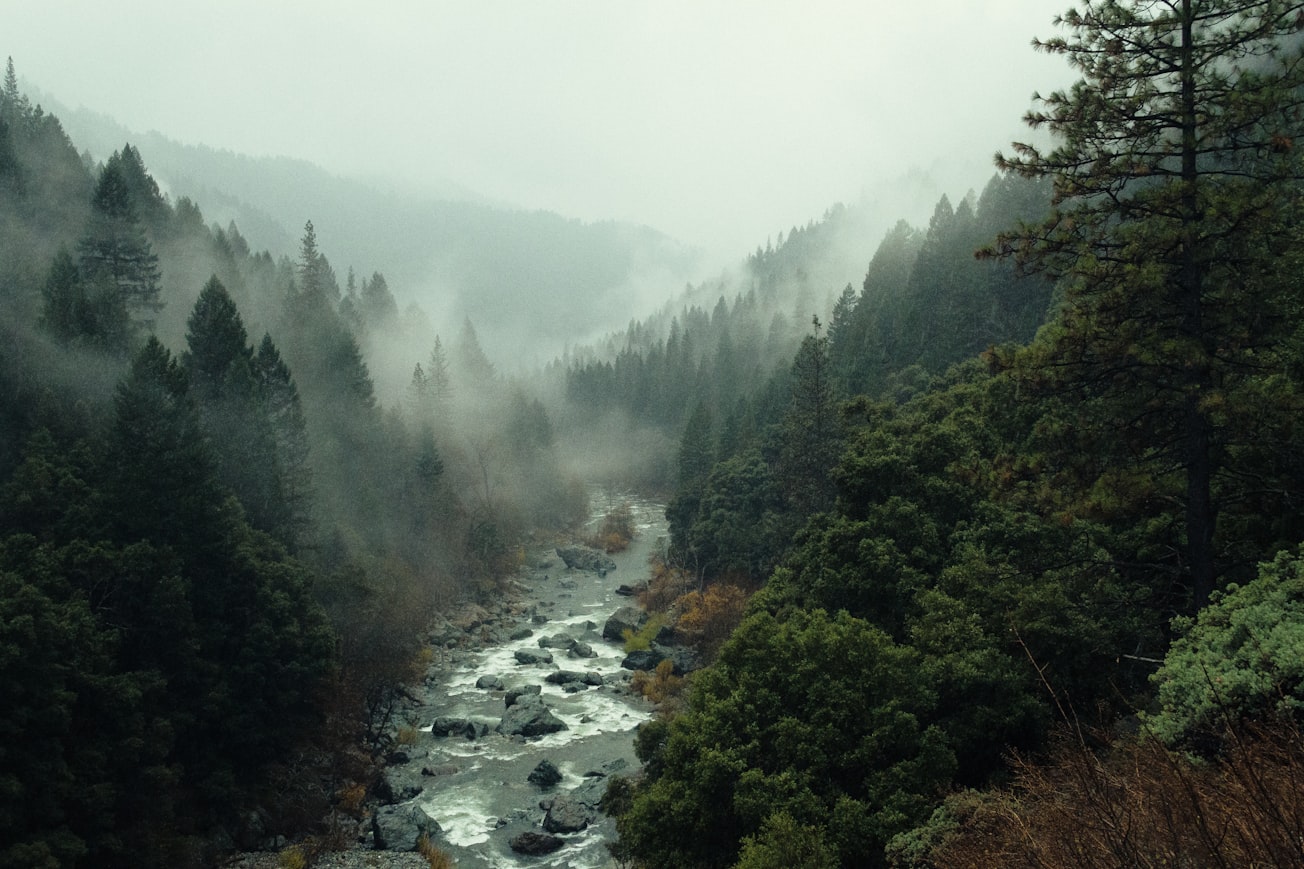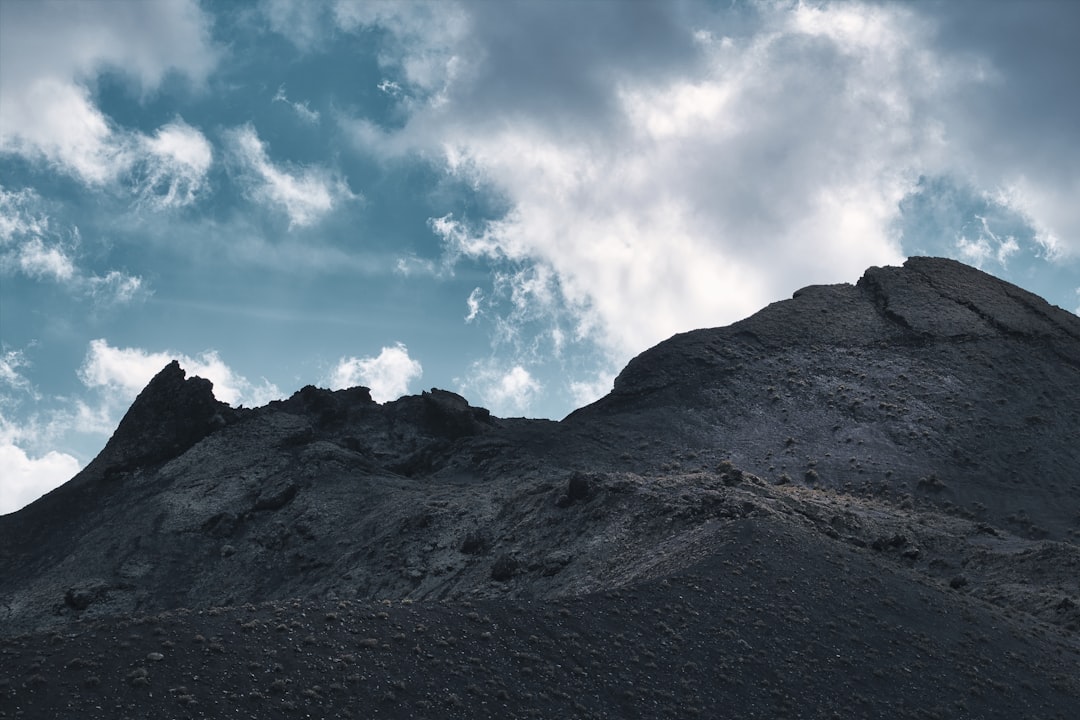What is it about?
The alluvial fan of Lima is a complex landform, resulting from the sediment contributions of the Rimac River and the coalescence of the alluvial fans of the tributaries of the Rimac River. The sediments forming it are non-cohesive and are highly mobile during floods and earthquakes. This paper examines the upper sedimentary sequence of the fan, dominant on the Costa Verde cliff, and how this landform was deposited during the Pleistocene-Holocene age. Also, it was explored the influence of climatic changes in the past.
Featured Image

Photo by pine watt on Unsplash
Why is it important?
This proposal presents the first dating in all of Lima's alluvial fan area and resolve important enigmas about the geodynamic of this important landform in Lima (Peru). Also, the exposed methodology can be extrapolated to others Peruvian regions to contribute to the prevention of debris flood and flood hazards.
Perspectives
I hope this article makes the starting of a new kind of fluvial geomorphology research in Peru and it could be developed there other complementary studies as seismic and geophysics research. That could increment the knowledge about how to prevent the damages by geological hazard in that country. Also it could be useful as an example in other countries in South America, with complex geological conditions.
PhD Sandra Paula Villacorta Chambi
Commonwealth Scientific and Industrial Research Organisation
Read the Original
This page is a summary of: Geomorphological evolution of the Rimac River’s alluvial fan, Lima, Peru, Geosciences Journal, October 2018, Springer Science + Business Media,
DOI: 10.1007/s12303-018-0049-5.
You can read the full text:
Resources
Contributors
The following have contributed to this page










